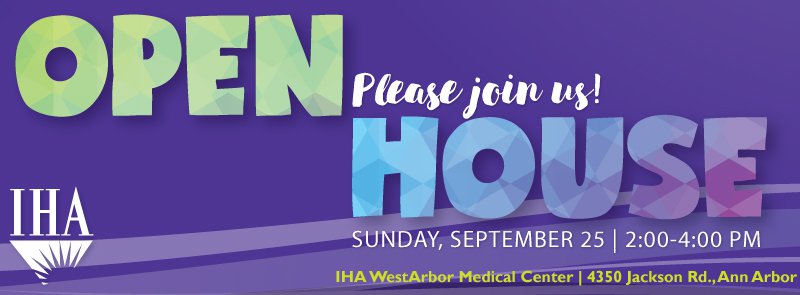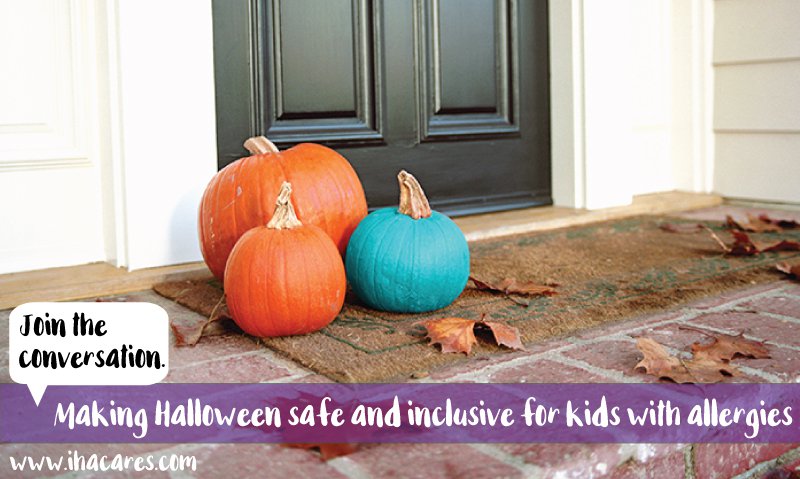Peripheral artery disease (PAD) is a blood disease of the legs, where plaque builds up in the arteries.
Plaque is made up of fat, cholesterol, calcium and other substances in the blood. When you develop PAD your extremities, usually your legs, don’t receive enough blood flow, which causes symptoms such as leg pain or calf cramping when walking. You have a higher chance of contracting PAD if you have diabetes and/or smoke.
Most cases of PAD are treatable, although in very serious cases, PAD can lead to leg amputation. At IHA Vascular & Endovascular Specialists, we have an outpatient center equipped to perform the most up-to-date procedures for PAD, if it’s necessary. We try non-surgical options first, such as a medication and lifestyle changes, and work our way toward surgery if it’s needed.
In our outpatient endovascular center, we can perform many minimally-invasive procedures, which will allow the patient to avoid the hospital. We also strive to perform minimally-invasive procedures, which allows the patient less downtime and a faster recovery.
If you have leg pain when you walk or climb stairs, talk to your doctor. Some older adults associate leg pain with the aging process; however the cause of pain could be PAD.
This article was originally published on April 7, 2016, and was updated on September 19, 2016.





